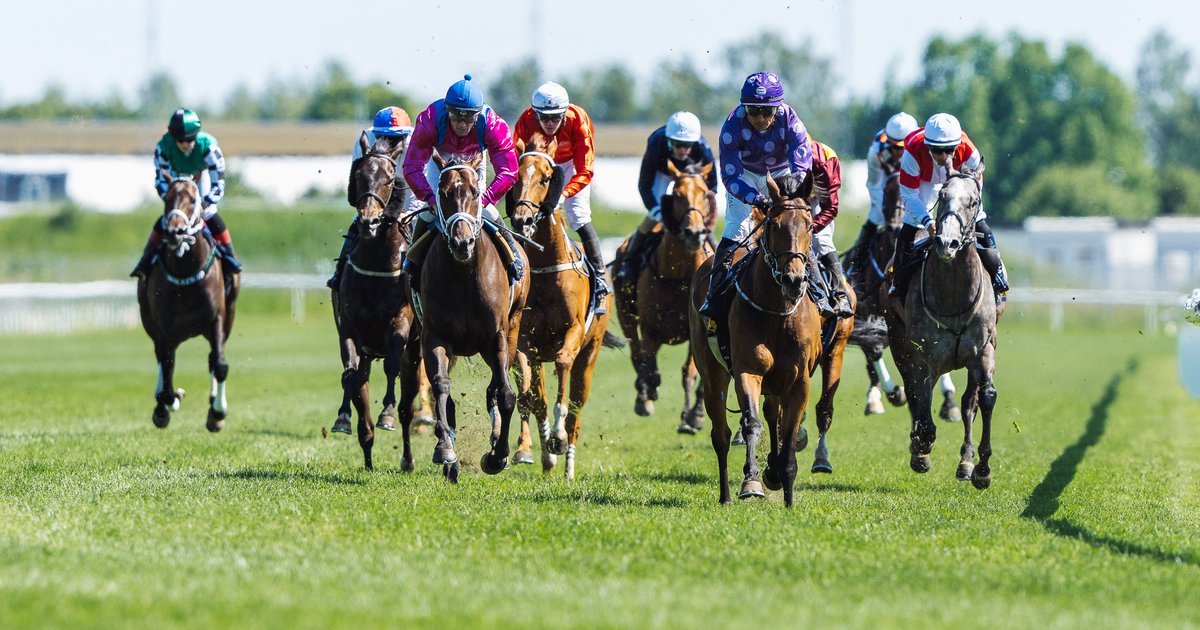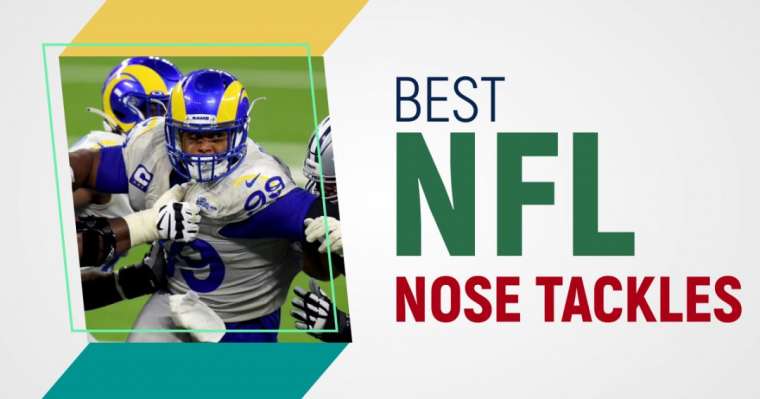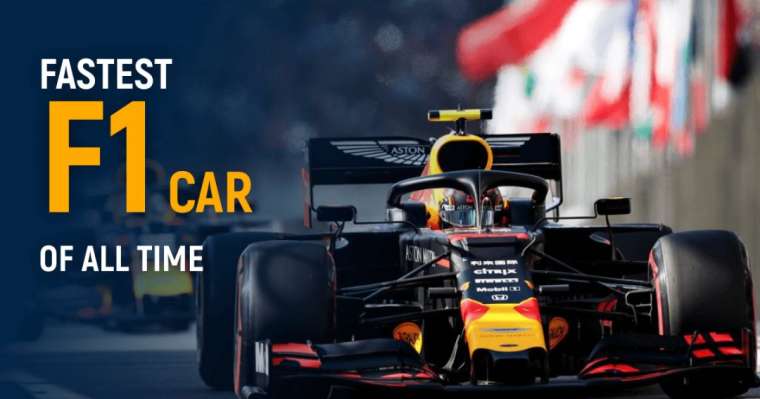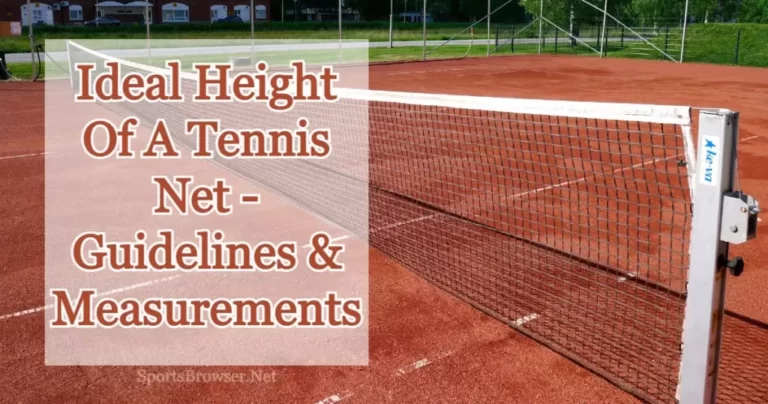How can horseracing grow in the USA?
Horseracing is one of the oldest sports in the world with professional roots dating back to the 12th century in England. According to equine world, ‘After the English knights returned from the Crusades with Arab horses. These horses were bred with English horses to produce the Thoroughbred horse that is the breed of horse used in horse racing in the UK today’. Of course you could go all the way back to chariot racing in Ancient Greece as well, but whichever way you define its beginnings, it is clear that horse racing has long been a popular sport. However, over the last few decades its popularity has declined in the US.
We are seeing meetings held less frequently than we were historically. The number of races has depreciated going from more than 74,000 races in 1989 to just 33,453 last year. As a result we have seen crowds dwindle and tracks close with 40 going out of use since the turn of the millennium. But what has contributed to this decline?
One of the biggest contributors in terms of recent times is the supreme court striking down of Professional and Amateur Sports Protection Act of 1992. This essentially gave every state carte blanche to legalize their gambling laws and regulations however they please. As horse racing fans are all essentially bettors and with horse racing being one of the only legal forms of sports betting for so long, many have made the move over to gambling on ball sports. With the popularity of the NFL and NBA and in hand wagering on them, it is near impossible for horse racing to compete. This has been backed up by research from the group IBISWorld. This also affects the sports ability to draw in younger fans with most horse racing fans being 60+. With so many more sports to bet on, fans are much more likely to look to ball sports.
The scandals that surround the sport also go some way in putting off newer fans. Doping and the safety of horses and jockeys are often a dark cloud that unfortunately surrounds the sport. Medina Spirit, the winner of the most popular race in the US the Kentucky Derby in 2021, failed a post-race drug test and was officially disqualified last year. Trainer Bob Baffert was also banned following the scandal having already been banned on a separate occasion in 2000 after one of his horses tested positive for morphine. The Economist reported that during the 2018-19 fiscal year, 49 horses died at the Santa Anita track in California. Many had multiple allowable drugs in their systems on the day they died.
All of this led to congress intervening to ensure the safety of racehorses in 2020. Legislation was passed to that end with the Horse Racing Integrity and Safety Authority enforcing them for the first time in 2022. Fortunately, this has been a positive change and recorded a record low rate of fatalities in horses as of last year.
It is clear that if horseracing wants to put an end to this decline, they need to begin by cleaning up their image. As we can see, they have already began doing this thanks to congress but the doping allegations against jockeys are the obvious next step. Stronger drug testing protocols are likely needed and by doing this we will see more confidence among bettors. As mentioned previously, with most of the sports’ audience being synonymous with sports betting, a stronger relationship between the two would mean a stronger viewership. The ruling over PASPA has also given way to stronger regulation and less black market bookies. This means that there are a lot more trusted sportsbooks to bet with for customers and they can wager more confidently than ever before, especially for horse racing betting. The move to online betting means there are tons of offers available that were previously unheard of, making the entire landscape much more appealing.
Demographics of course need to swing too with the sport being relatively unpopular with younger people. However, many tracks have found a way to attack this. We are now seeing more and more of what those in the industry refer to as ‘Racinos’. These are essentially racing tracks that double as casinos with slot machines and even poker tables for racegoers. With Gen Z more likely to wager on casino games than sport, these tactics are an obvious move to bringing in younger punters. Although purists may counter that this makes racing less about the sport, it may prove important to hooking a new generation of fans. This is also going to prove popular among stakeholders who will be clamoring to bring in fans whichever way they can. They will of course have stakes in both sports and casino gambling meaning either way they could be looking at a money maker.
Horse racing is not quite on its last legs just yet, but there is an obvious trend towards a steep decline. Fortunately the decision makers are acting on this and we may be seeing an entirely different future to racing.







